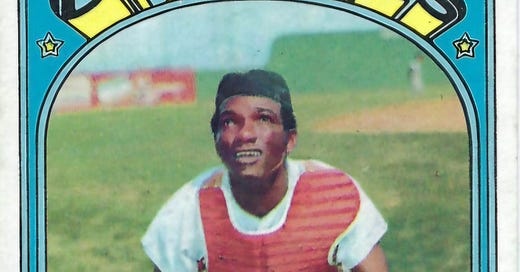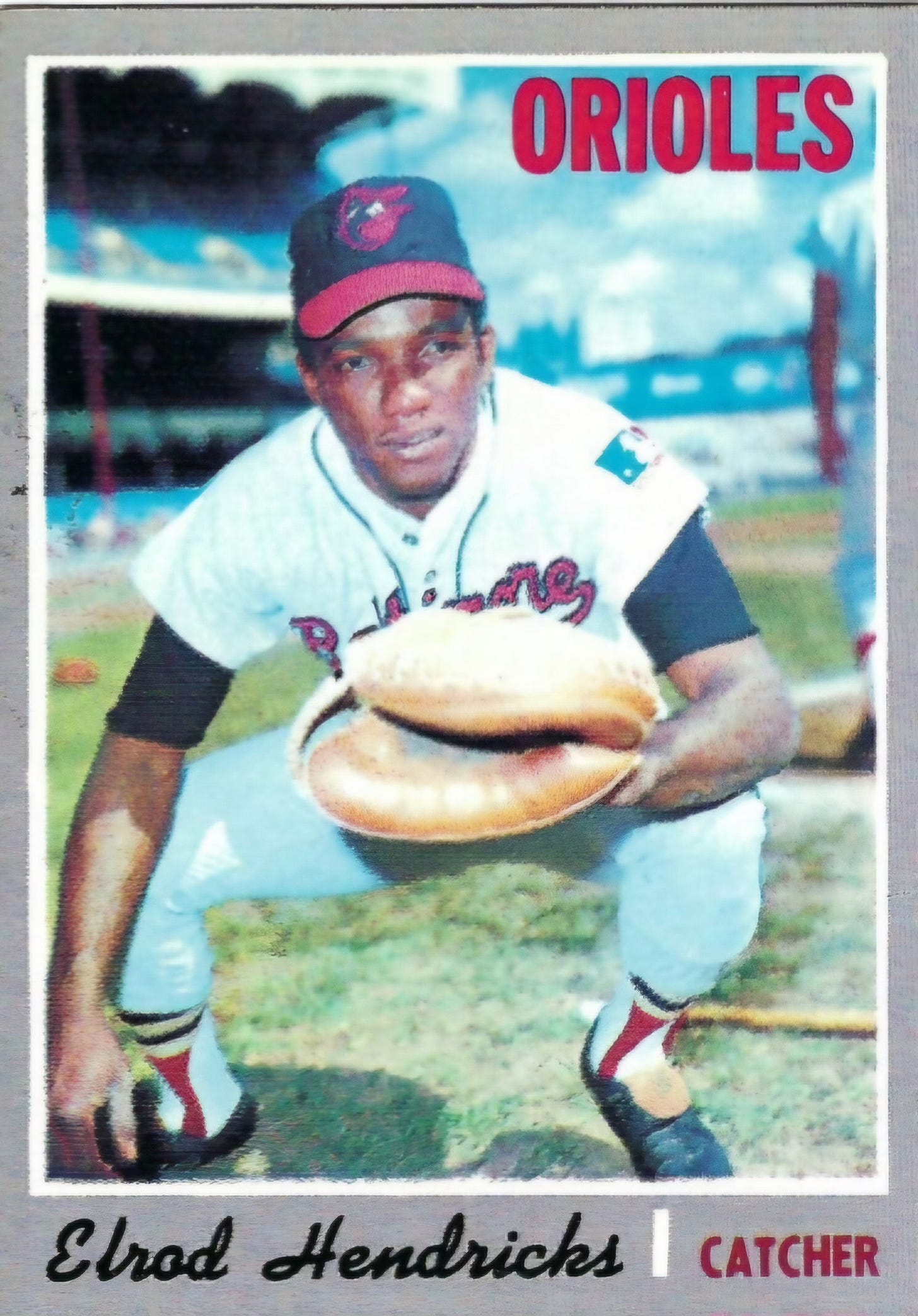The Bird Tapes Interview: Elrod Hendricks (Part 1)
Years before he became a fixture as the Orioles' bullpen coach, he was a valuable player on some of the best teams the Orioles have ever fielded.
Elrod Hendricks was the Orioles’ bullpen coach for nearly three decades, becoming such a fixture in that role, and so popular among fans and players over multiple generations, that eventually it became difficult to recall that he’d performed other duties for the club before that.
But yes, he did. He was a player, a left-handed-hitting catcher capable enough to earn a prominent role on several of the Orioles’ best teams.
No, he wasn’t a middle-of-the-order hitter. But he could work a count, run and occasionally surprised opponents with his dead-pull pop. “Elrod could pull a bullet,” Frank Robinson said of Hendricks in his Bird Tapes interview.
Most importantly, Hendricks was adept behind the plate and called a great game. Mike Cuellar loved throwing to him. Earl Weaver loved putting him in the lineup. Although he split time with Andy Etchebarren and others, Hendricks caught more games than anyone in 1969, 1970 and 1971 — all years in which the Orioles won 100-plus games and went to the World Series.
Later, he became almost a larger-than-life figure in Birdland as the Orioles’ bullpen coach. He dispensed wise counsel to generations of players, especially helping guide the careers and emotions of those from Latin America. (A native of the US Virgin Islands and veteran of Caribbean winter ball and the Mexican pro league, he spoke Spanish and English with equal fluency.) He spent hours on the field before games, signing autographs. He put down roots in Baltimore, raised a family and operated a popular summer baseball camp.
Frank Cashen, in his Bird Tapes interview, paid Hendricks the ultimate compliment, calling him “the quintessential Oriole” — quite a statement considering who else has worn the uniform.
In the first part of his vintage interview, available below to paid Bird Tapes subscribers, Hendricks talks to me eagerly about the years in which he was a key member of teams that dominated the American League. We spoke in the late fall of 1999, in the bowels of Camden Yards, after Hendricks had caught a pitcher’s offseason bullpen session. He was two decades removed from his playing days by then, but he recalled them in vivid detail. (Note: This post contains the first half of my lengthy interview with Hendricks. I’ll post the second half next week.)
In today’s post, Hendricks also eagerly explains what a longshot story his entire major league career was. In 1967, he was 26 years old and out of organized US baseball, playing for Jalisco, a team in Mexico. His ability wasn’t in doubt — he hit 41 home runs for Jalisco that season — but he’d given up on reaching the majors. But he’d played for Weaver in winter ball, and Weaver liked him and encouraged the Orioles to get him. They finally did, taking him in the Rule 5 draft before the 1968 season.
When he came to the Orioles, he found his home, in baseball and otherwise. He barely left ever again. The Orioles traded him to the Cubs during the 1972 season, but the Cubs traded him right back after the season. Then he went to the Yankees in the big trade that brought Scott McGregor, Rick Dempsey and others to Baltimore in 1976, but he signed with the Orioles after reaching free agency a year later.
Meanwhile, he made Baltimore his home and transitioned into coaching when his playing career ended. He wore the Orioles’ uniform literally until his death at age 64 in 2005. And although his number 44 isn’t officially retired, no Oriole has worn it since Hendricks.
Cashen was right. Hendricks was, indeed, the quintessential Oriole.
(To hear the Hendricks interview and gain access to my entire archive of vintage interviews with Orioles legends, click here to upgrade to a paid subscription.)
Keep reading with a 7-day free trial
Subscribe to The Bird Tapes to keep reading this post and get 7 days of free access to the full post archives.






